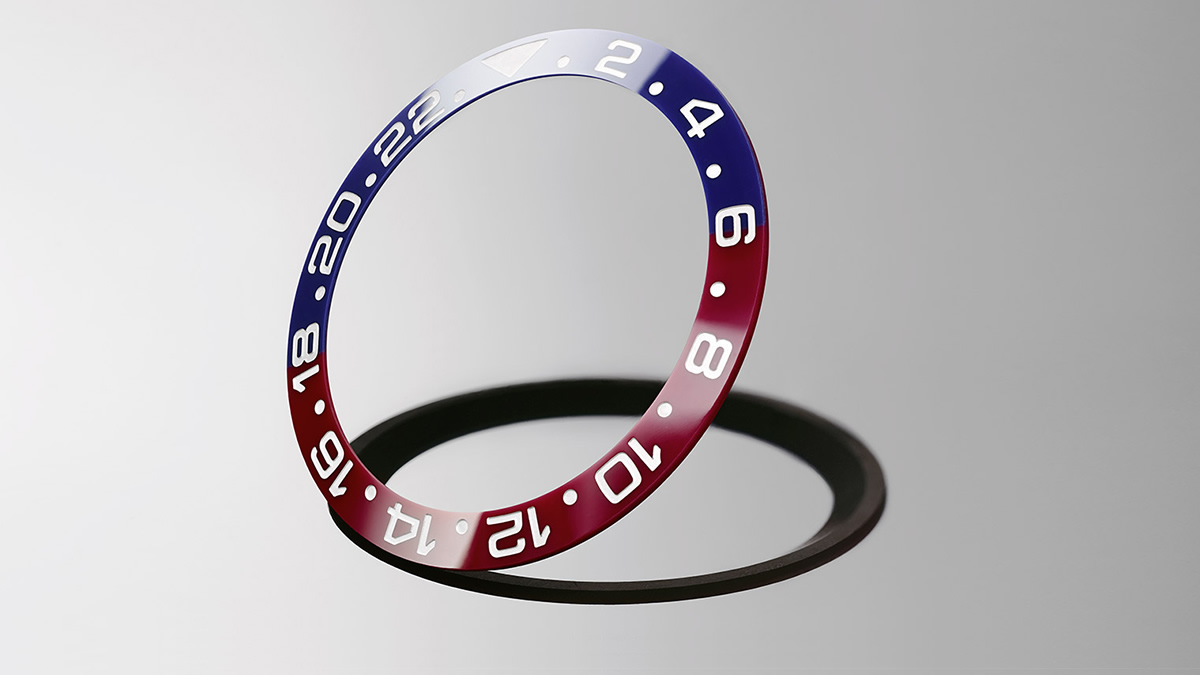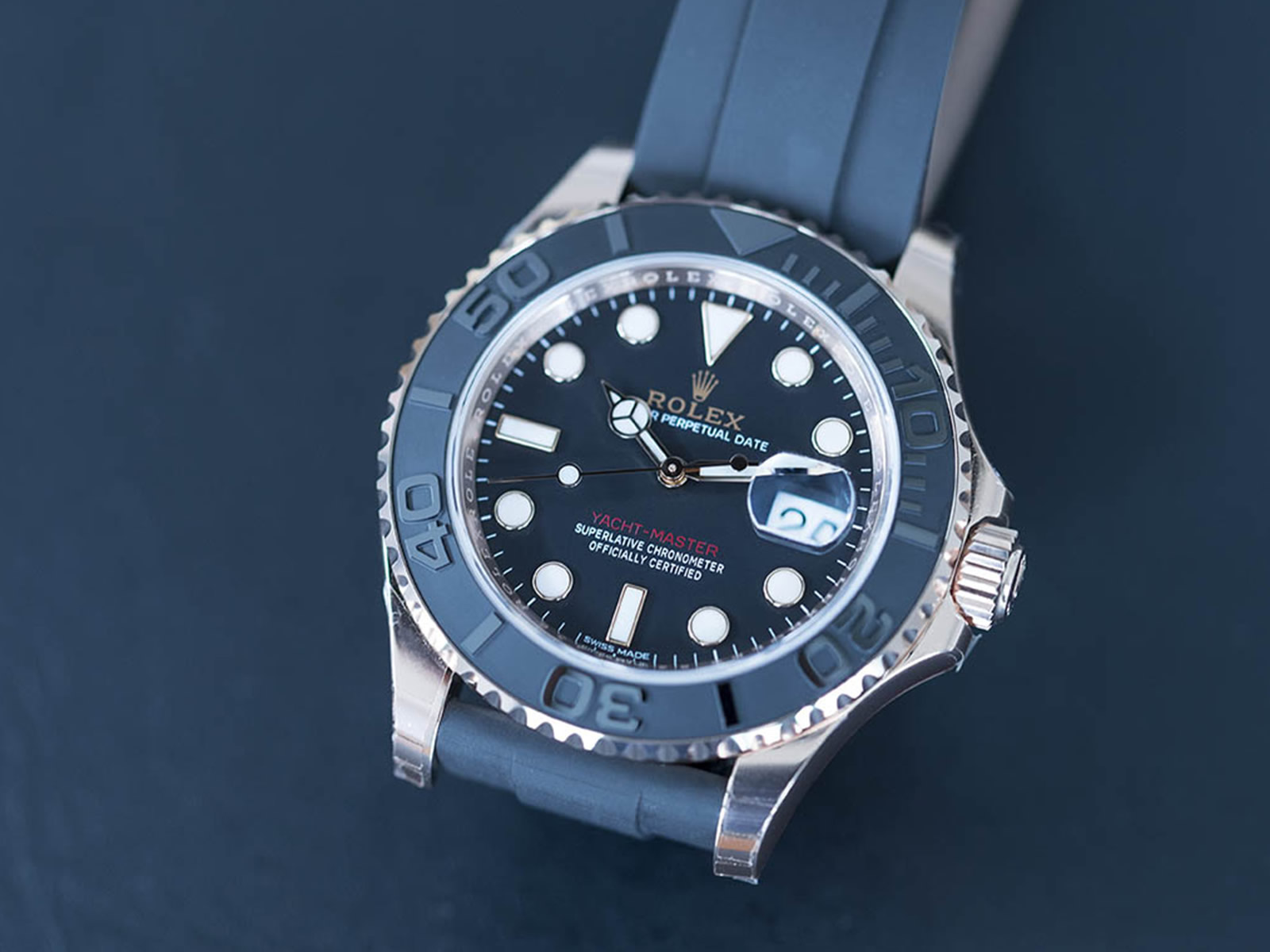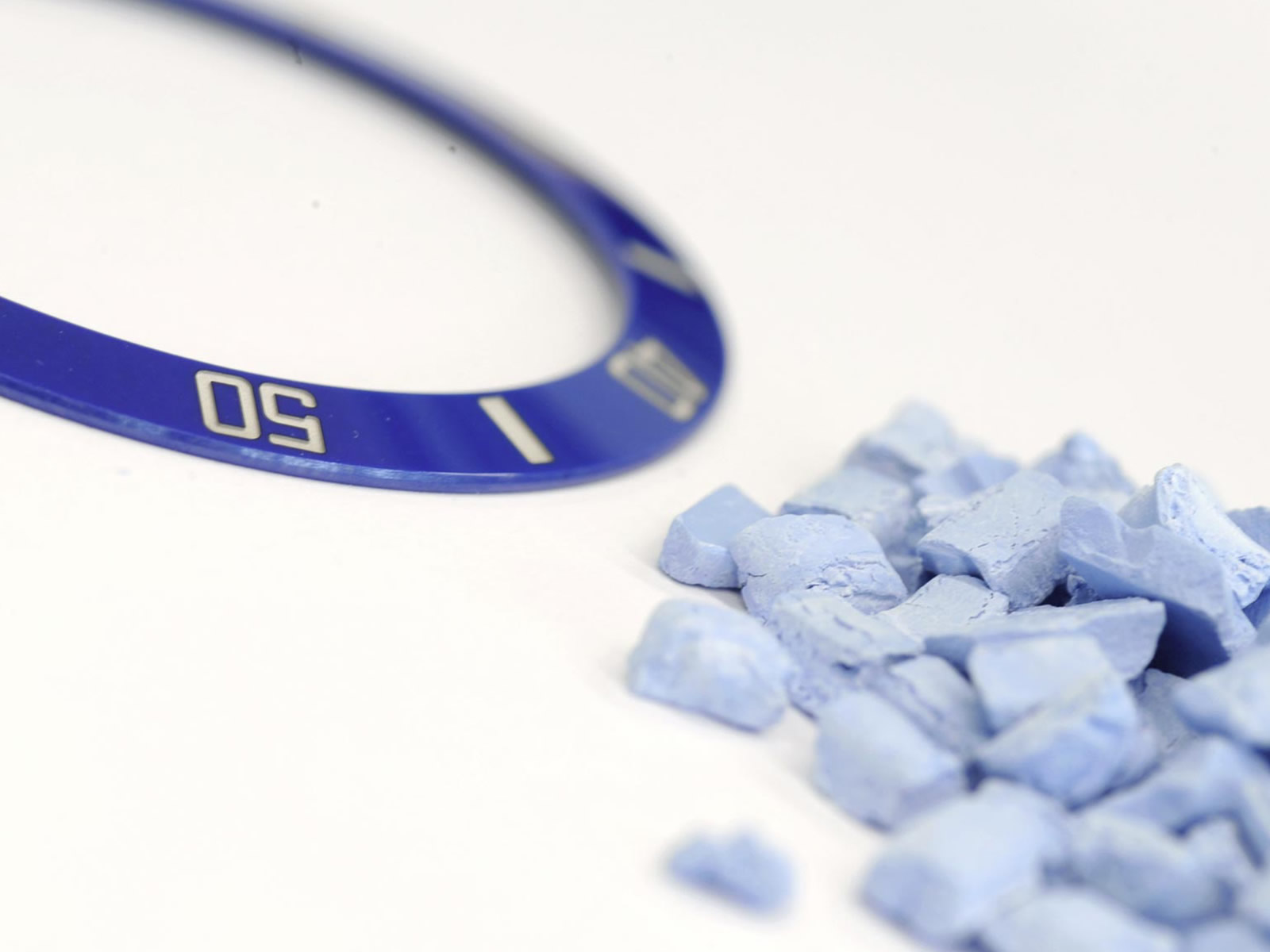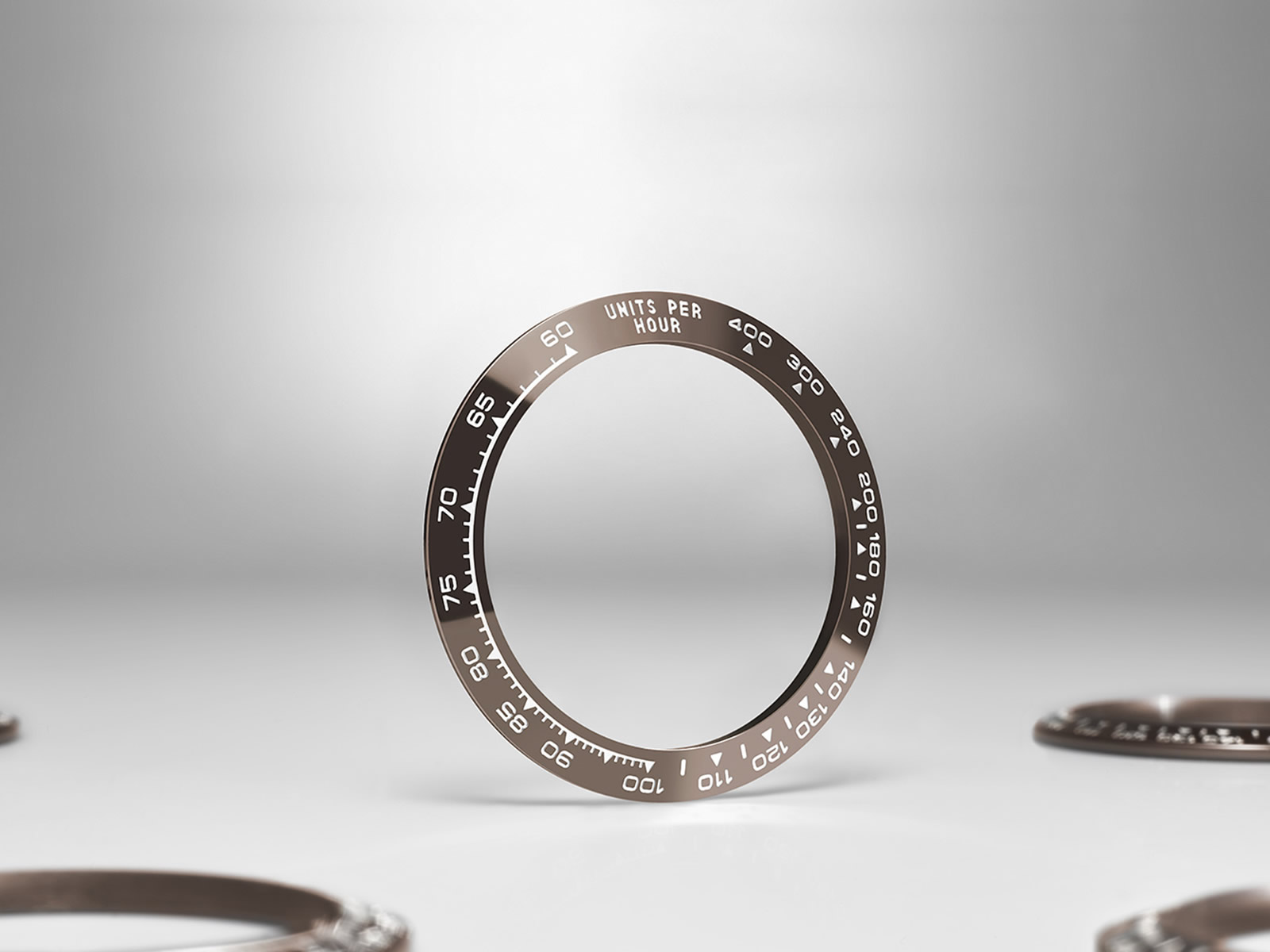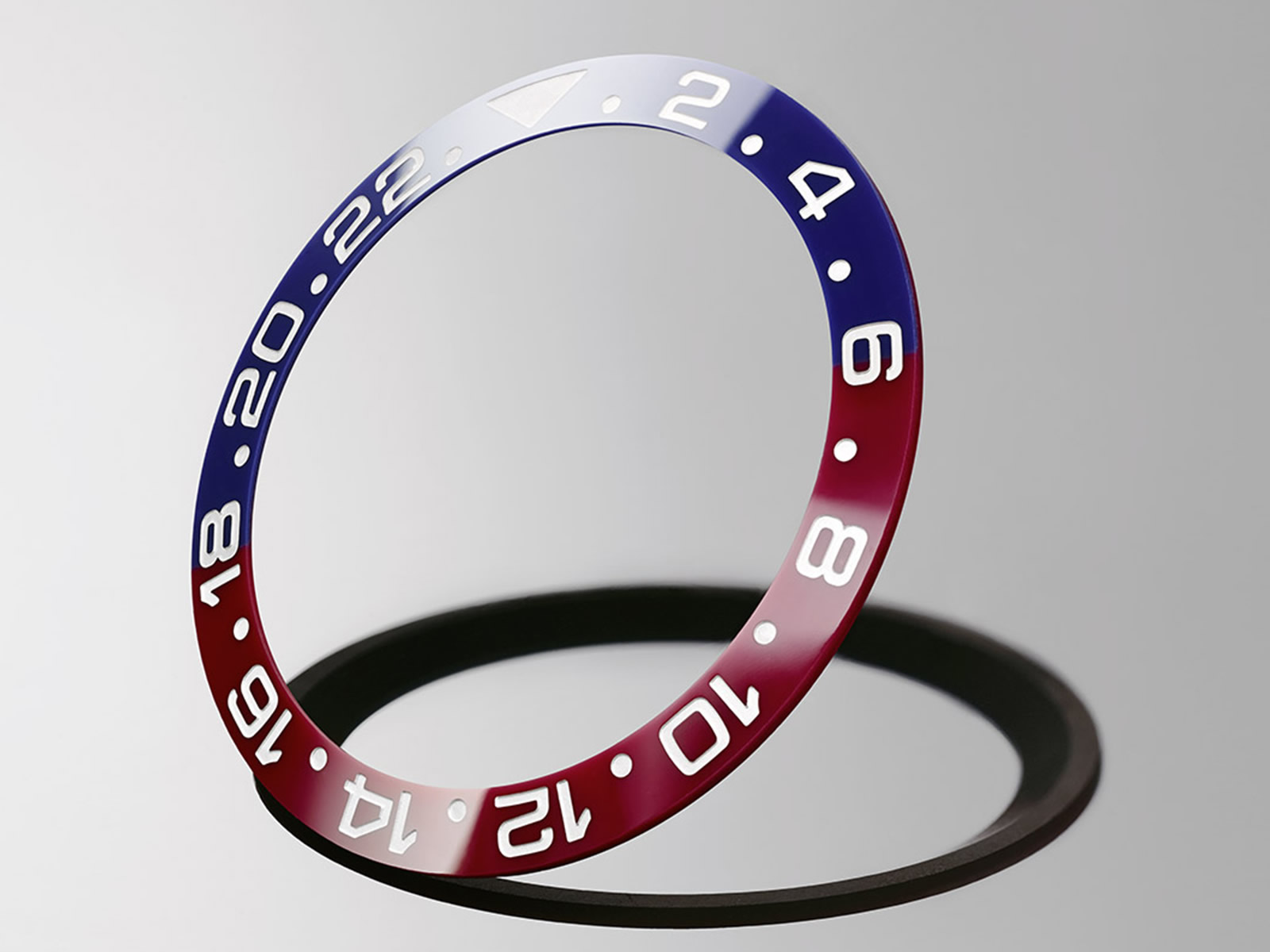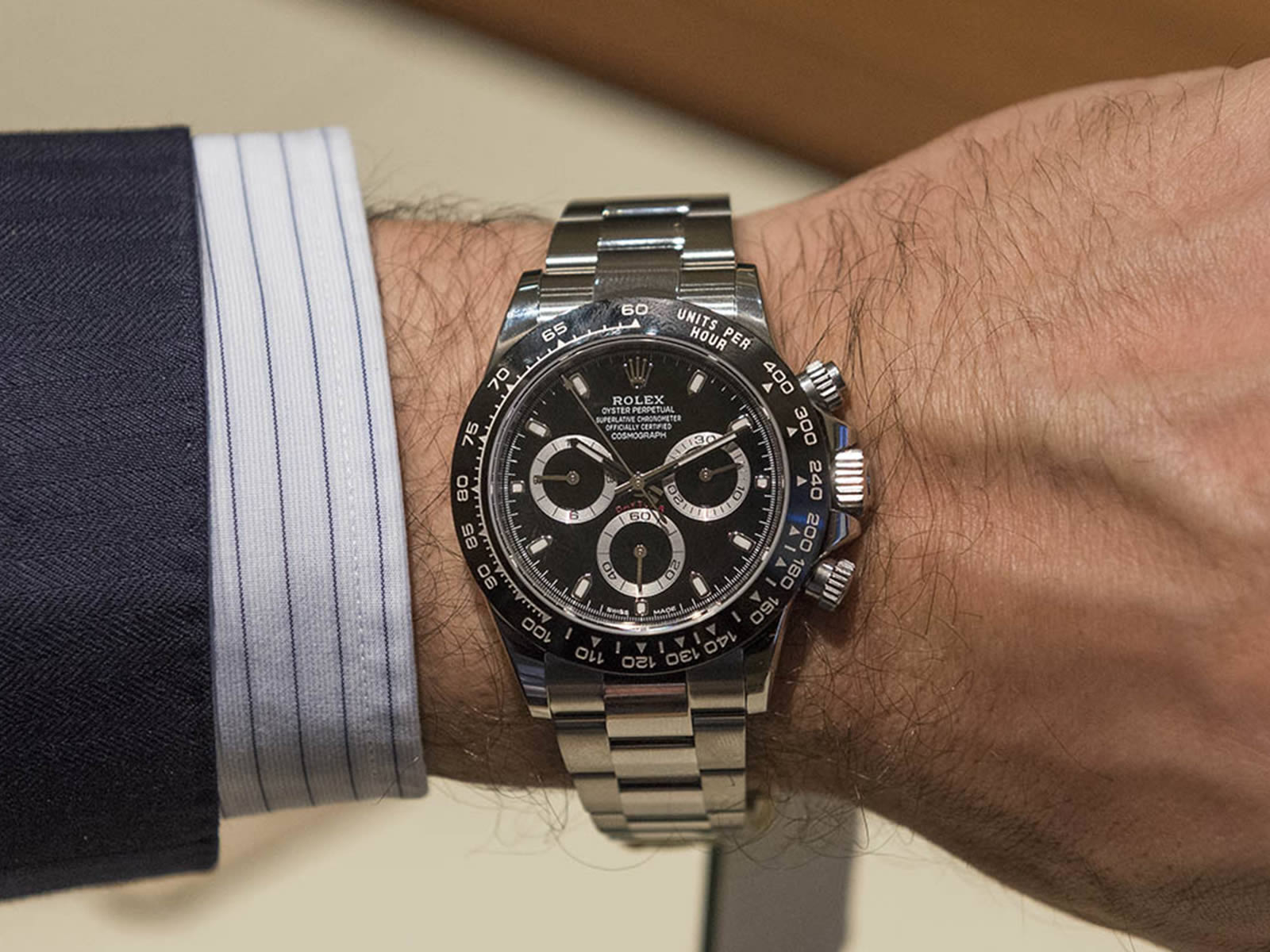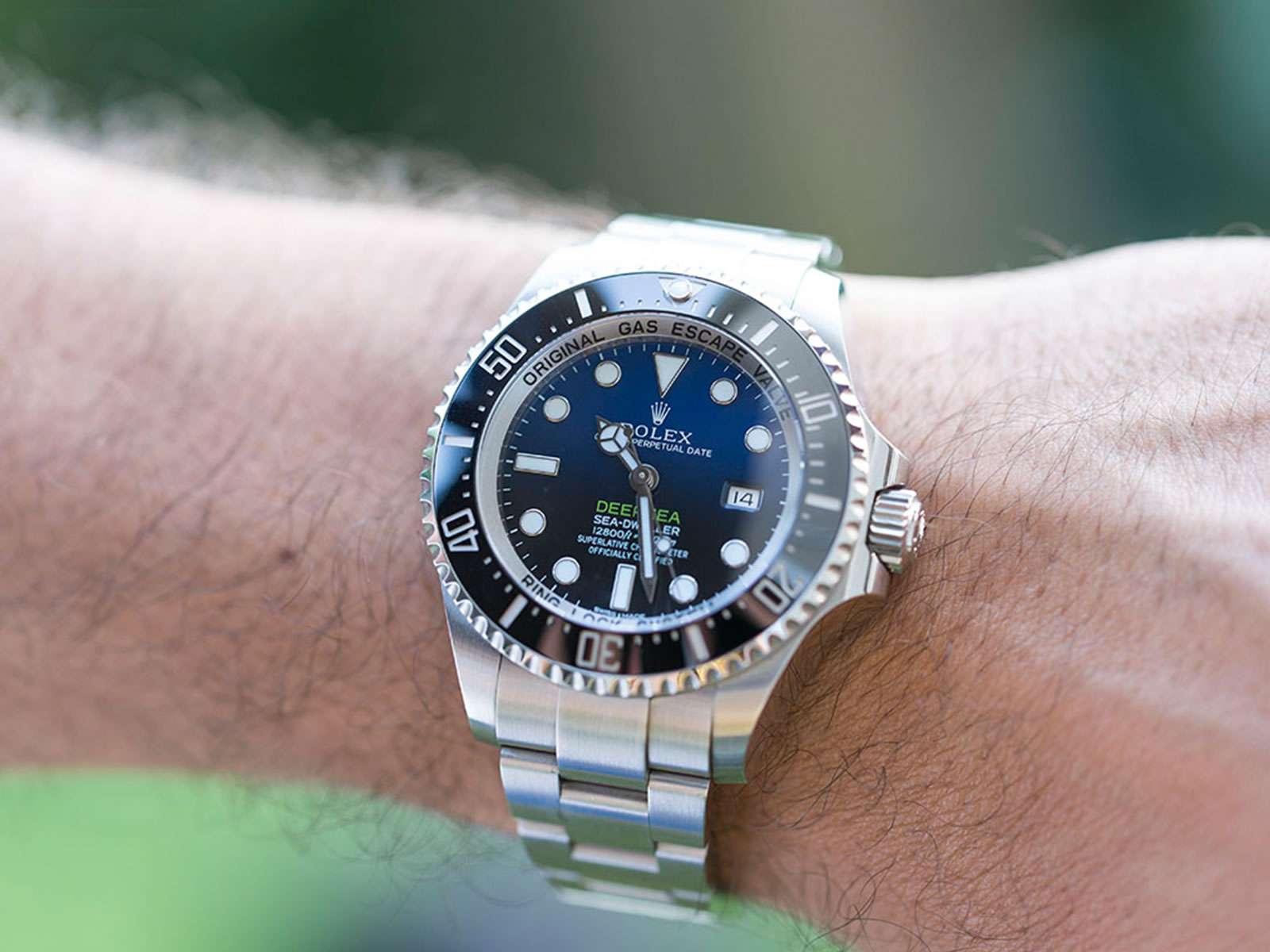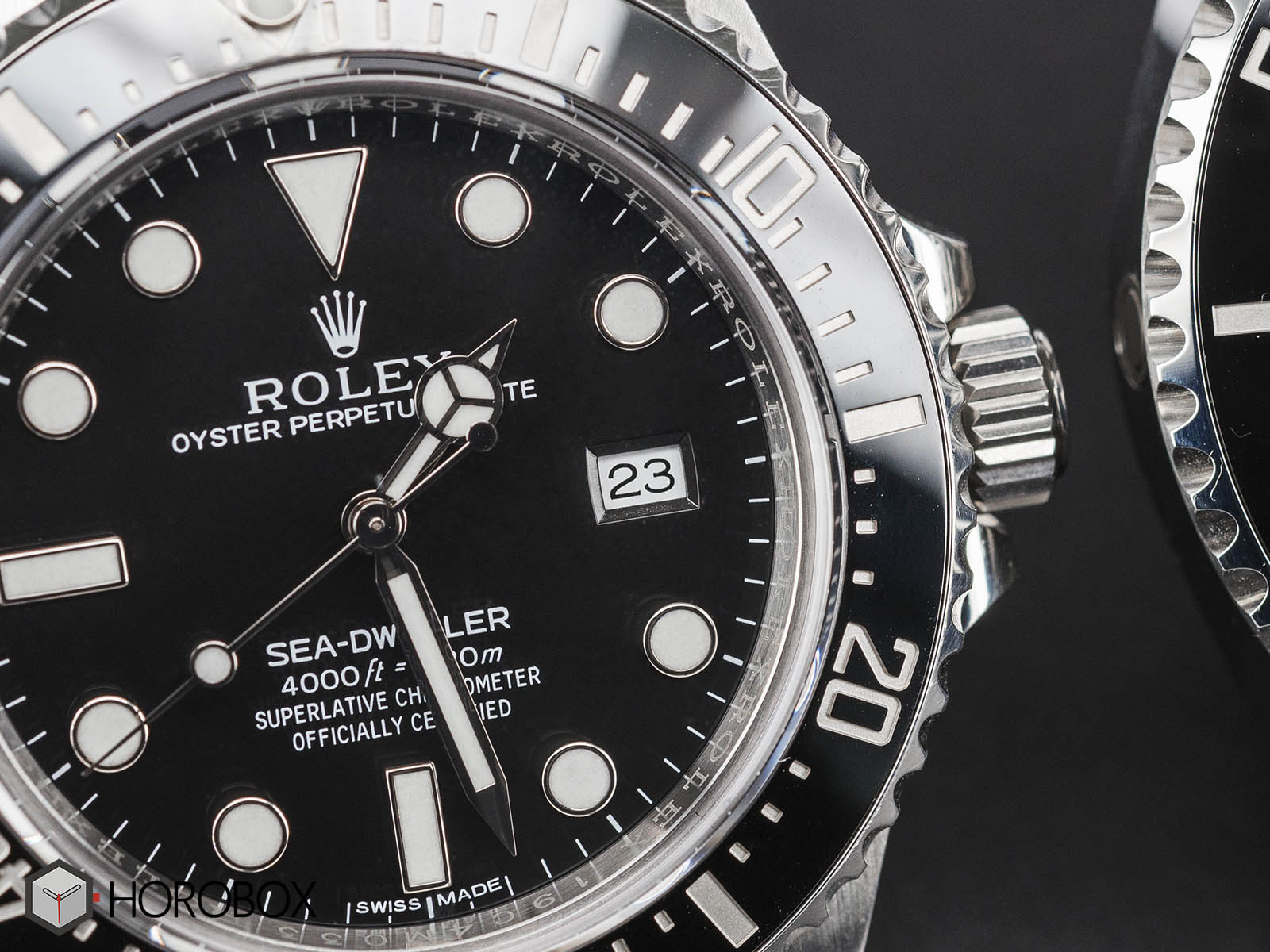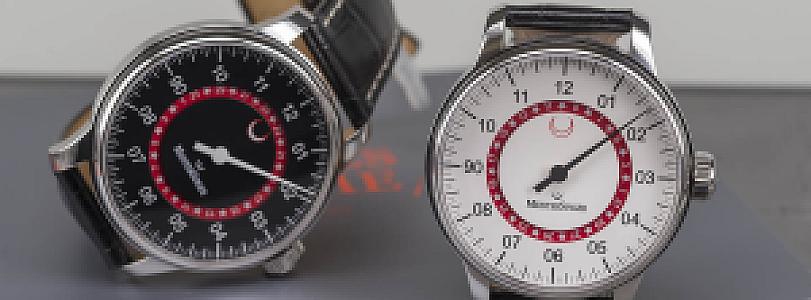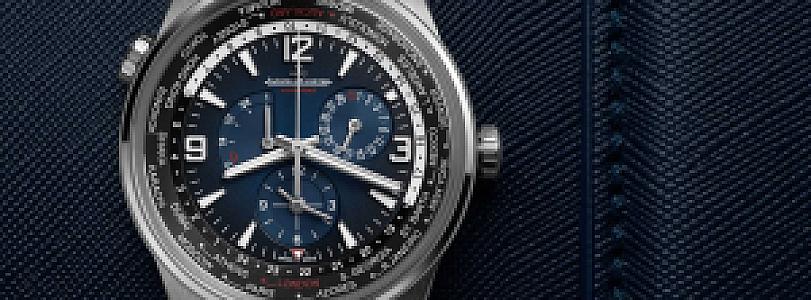
Much more than ceramic; We have the Cerachrom under our spotlight with all its details. Rolex pushes the limits of physical durability and excellent aesthetics with the patented Cerachrom material.
Bezels are one of the most important parts of watches that attract attention at first sight. Therefore, the condition of the bezel directly affects the rest of the timepiece. Bezels, which are prone to physical impacts and external factors like UV rays due to their large surface areas, begin to lose their flawless appearance over time. To avoid this situation, the producers benefit from all the opportunities available. Many brands produce ceramic bezels for a more durable and eye-catching look, but not all ceramics offer the same degree of protection, durability and visual beauty. Here you go with the perfect state of ceramics; Cerachrom. The name Cerachrom is a combination of words ceramic and chrom, the latter meaning color in Greek. The patented ceramic production technology of the brand stands out from its competitors in terms of both durability and aesthetics.
The material, which Rolex uses in its sports category timepieces, was debuted in 2005. The brand that used aluminum as the bezel insert material until then, introduced the Cerachrom with the GMT-Master II (116710BLNR) model and opened a new page in its history. Due to their soft structure, aluminum inserts were exposed to scratches over the years and they lost their initial colors because of UV rays.
What you need to get an object scratched is contact with another object which has a greater surface hardness. As a result of this contact, the hard object removes the material from the surface of the soft object. These scratches, which are mostly in micron thickness, become visible under different angles of light. Ceramic has a much higher surface hardness than many objects encountered in daily life. Another feature of ceramic is being extremely resistant to UV rays and corrosive chemicals. Due to the high hardness value of the ceramic, which seems to be the most suitable material for the bezel on black and white, a problem emerges; rigidity. This results in fragility, which is the only weak point of the material.
Rolex is one of the few brands that complements the traditional design and production concept with extraordinary support for research and development. The brand, which has been the inventor of many firsts in the world of luxury watchmaking, continues its evolution and development on a regular basis. The time and effort spent on Cerachrom shows us a process that aims perfection in line with the Rolex philosophy.
Two main materials are needed for the production of Cerachrom: ZrO2 and Al2O3. These two color pigments, which are in powder form, are mixed with the combining gel and poured into molds where they will be shaped under high pressure and temperature. The mixture, which is heated up to 1600 ° C, achieves the desired color after cooling and the desired density and hardness after a 25% reduction in volume. Then, finishing operations are performed with diamond tip milling tools. The gaps for the symbols on the bezels are filled with platinum, 18K Everose gold or 18K yellow gold by PVD technique. After final polishing, bezels are ready for installation.
Cerachrom bezels are produced with different techniques depending on the models they are going to be installed. The Daytona model family employs solid, black and brown colored ceramics, while the Submariner, Sea-Dweller, GMT-Master II, and Yacht-Master II series feature thinner ceramic inserts in metal bezels. The 18K Everose Yacht-Master models with 37mm and 40mm diameters , feature micro sandblasted matte black bezels with bright figures.
One of the most striking details that distinguishes Rolex’s patented Cerachrom technology from other brands is the double-colored bezels used in GMT-Master II models. There are no ways to combine two different colors of ceramics after production. A multi-piece solution is not accepted by Rolex, so the brand goes for a completely different method. The bezel that came out of the furnace in single color tone is partially exposed to different chemical processes in sintering stage. Initially used in the GMT Master II “Batman” model, this technique is applied to the “Pepsi” version from the same collection as well.
Cerachrom bezels, one of the most successful examples of industry giant Rolex’s philosophy based on “perfection”, continue to wow not only brand fanatics but all watch enthusiasts.
